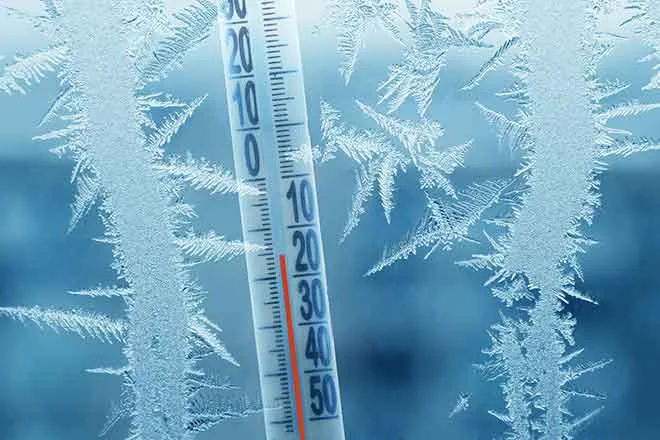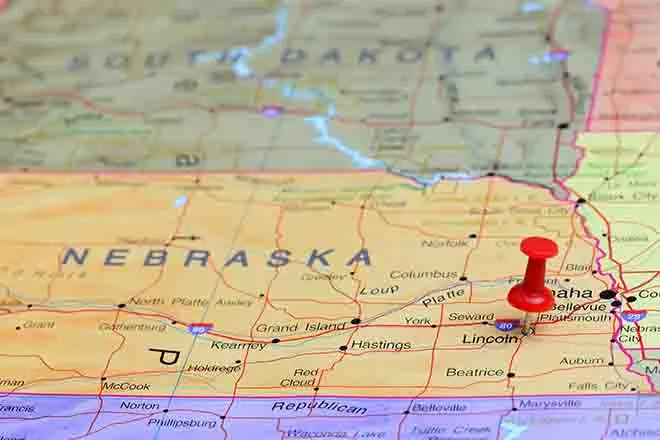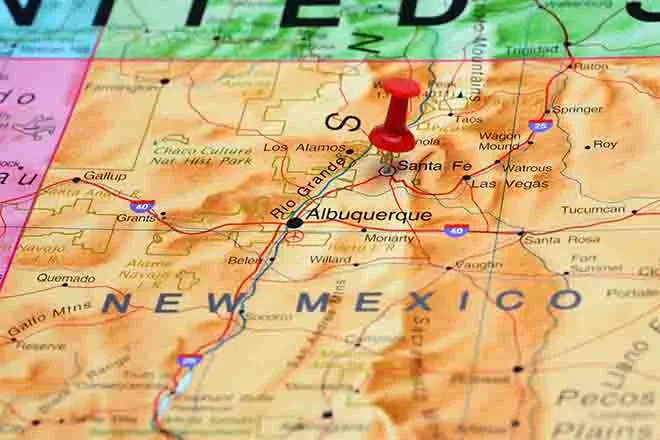
Staying informed becomes harder for North Dakotans
(Prairie News Service) This month, North Dakota has become the latest state to be swept up in the declining presence of local news media. One expert sees it as a concerning trend, especially as it relates to accountability and democracy.
In northeastern North Dakota, Ness Press has ended publishing eight weekly newspapers. Operators of the family-run business say a lack of ad revenue, and having no one else to take over, prompted the decision. The papers centered around local announcements.
Dr. Melissa Vosen Callens, associate professor of communications at North Dakota State University, who teachers media literacy, worries it is part of a nationwide erosion of local news, which creates lasting harm.
"Newspaper deserts are dangerous," Vosen Callens asserted. "It limits our access to information, particularly local information, often in already marginalized communities."
She pointed out when people have to seek information elsewhere, their searches may lead them to disinformation and misinformation on social platforms. She noted it increases polarization, which added greater threats to democracy.
Groups tracking the growing prevalence of news deserts said North Dakota has more than two dozen counties with only one newspaper, and two counties have none.
Only a handful of North Dakota's newspapers are daily publications. Vosen Callens emphasized without consistent local coverage, it is harder to know what's happening in the community, which can have long-term social, political and economic implications.
"Local journalism, for example, often reports on and questions government spending," Vosen Callens stressed.
She added media organizations in larger cities around the region cannot keep track of everything going on in smaller towns around them. And as more papers and other local media close up shop, it leaves a gap in holding municipalities -- and those who lead them -- accountable.















